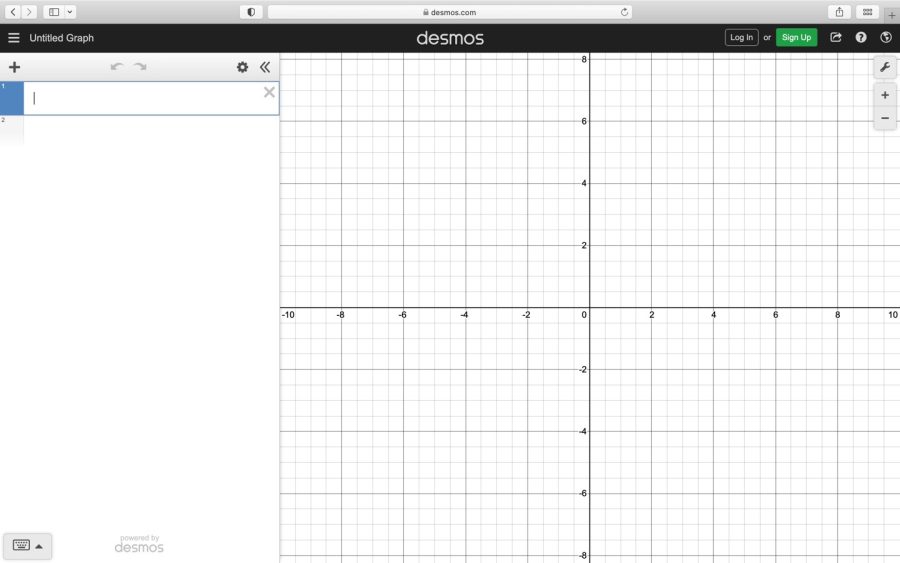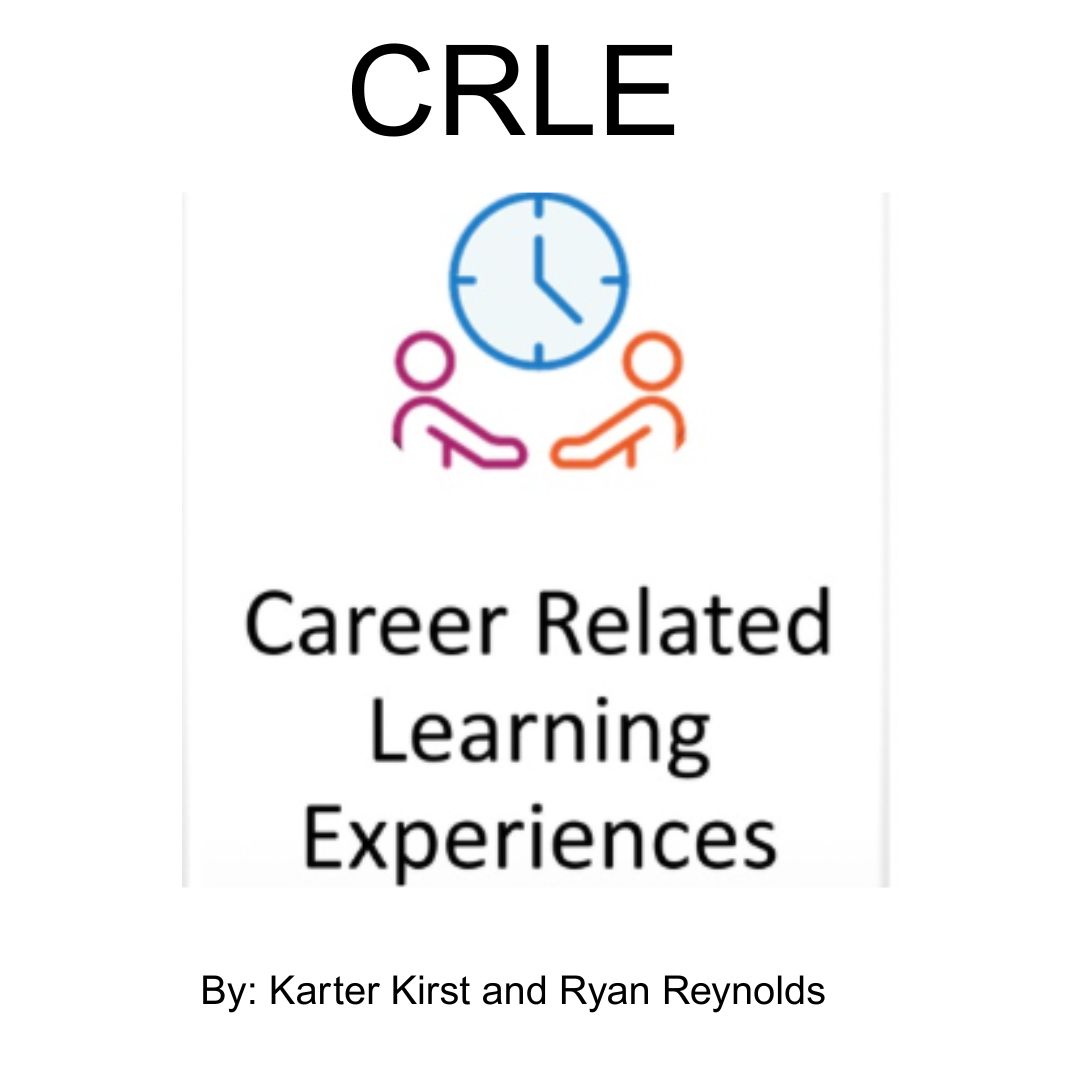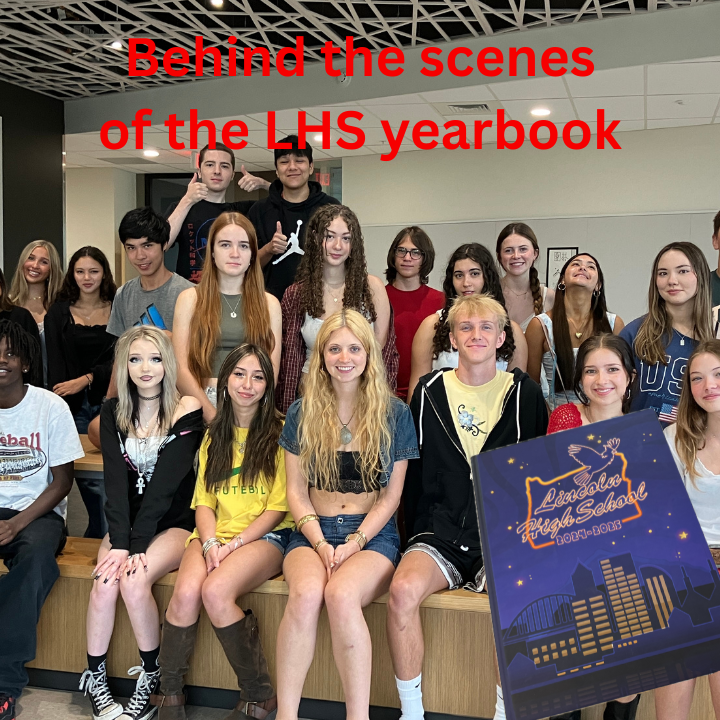Teachers reflect on inquiry-based math curriculum
Desmos is one of the many popular tools math teachers use to engage students. It provides a platform for individual, student-paced lessons.
March 11, 2022
Note: This article is the first of a two-part series highlighting the math department at Lincoln High School. The first will focus on the perspective of math teachers, and the second will focus on the perspective of students.
For the last three years, the math department at Lincoln High School has used an inquiry-based approach to learning, meaning that it puts emphasis on the student’s problem-solving rather than memorizing equations and information.
“The teaching happens through the creation of activities that allow students to guide themselves through topics and concepts, and to think about things as [it] makes sense to them. And then the teacher provides a lot of instruction through the creation of the activities, and then also through questioning,” math teacher Chuck Slusher said.
Slusher teaches the Advanced Algebra 1-2: Project-Based and 3-4: Project-Based classes, and he has been teaching in Portland since 2003. Slusher, along with the other teachers in the math department, chooses to use inquiry-based learning, as it is backed heavily by research.
“The Oregon Department of Education, National Council of Teachers of Mathematics, IB and all the research that comes out of educational institutions are saying inquiry-based instruction is the way to help students learn and grow the best,” Slusher said.
Aisha Beck, an IB Math Analysis HL 1-2 and 3-4 and Geometry teacher, follows a similar structure of letting her students figure out problems in their own way.
“I feel like my general philosophy is not to tell students anything that they couldn’t figure out on their own. I try to be really thoughtful about the problems I give and the tests I give so that it’s accessible to students,” she said. “But when they figure it out, they will have learned some good math along the way. And then I always make sure that we have space to talk about it. I would say I teach through problem-solving, with a lot of support and conversation, and reflection along the way.”
Joe Sneed, an IB Math Applications SL 3-4 and HL 3-4 and Geometry: Project-Based teacher, also agrees that inquiry-based learning is critical for students to truly understand mathematical concepts.
“This process of inquiry is at the heart of education, in my opinion. These methods also provide different ways of supporting students. The guidance can happen in small groups or individually. Each student learns in their own way, so it’s important that feedback and guidance happen in different ways to fit each student,” he said. “This method also supports student growth because the expectation is that we try things, learn from the attempt and then try again based on what we’ve learned. Students always have opportunities to develop their understanding, which makes sense because learning is a process.”
One aspect of inquiry-based learning is a concept called “thinking classroom problems,” which allow students to work through unfamiliar concepts based on their past knowledge. Sarah Bestor, an IB SL 3-4 Analysis, Advanced Algebra 3-4 Analysis and AVID 10 teacher, has seen the positive outcome of giving students time to work through these problems.
“What’s so cool about thinking classroom problems is they are meant for students to try and fail. They are meant for students in groups to be able to suggest ideas that actually might not be right, because that’s how the group is going to learn,” Bestor said. “I get so excited when kids make mistakes, […] because if we aren’t making mistakes, we aren’t learning.”
She agrees that inquiry-based learning is more beneficial to students, but understands that the shift from lecture-based learning is difficult.
“I tell my students at the beginning of the year, there’s an adjustment to this, the way we run our math department. Although it is what everyone should be doing, and what the world is moving towards,” she said.
When Bestor was a student-teacher at Lincoln in 2018, she observed noticeable differences between students’ engagement in inquiry-based learning versus lecture-based learning.
“Students in the lecture-based approach were not actively learning, and they were sitting in a place of such comfort, where they weren’t being challenged at all,” she said. “Whereas, although they were running into more challenges, my students that were in the class that was moving towards inquiry-based, were gaining this way deeper understanding of the content.”
Slusher has noticed that students have equated learning with being comfortable, a mistake that has prevented them from connecting with inquiry-based learning.
“What I see a lot is that students will often confuse comfort and learning. It’s easy to sit here and watch your teacher go through a problem on the board and be like, ‘oh, yeah, that makes sense.’ But you don’t really learn very thoroughly,” he said. “You don’t really get a sense of processing it in the way that is going be helpful for you. And so you think, ‘oh, that’s comfortable, that feels good, I’m learning.’ But in fact, the learning really happens with some discomfort and some stress. […] If you’re doing things that are super easy for you, you’re probably not growing and learning very much.”
Bestor agreed that students have to be uncomfortable to be actively learning.
“There’s a zone where you are comfortable, and you aren’t learning and not growing, and there’s a zone where you are uncomfortable, but that’s where your growth is happening,” she said. “That’s where you’re learning because you’re only uncomfortable because it’s new, and you don’t know everything. And then, of course, there’s the zone where you’re so uncomfortable, you can’t do anything. That zone is not occurring in our rooms. It’s just not happening.”
Just as students have to work at becoming comfortable with the unknown, math teachers are also facing that challenge.
“It doesn’t mean that it’s comfortable. And it doesn’t mean that we all do it perfectly. We’re still growing, too. We’re learning and we’re growing as a department,” Slusher said.
This year, Bestor has taken steps to better support her students.
“One thing that I really focused on changing into second semester was making sure I’m checking in with every student, because not everyone is a vocal struggler. I think we’re often running into issues where, to be successful, you have to ask questions. But that’s a really big step for people. And so I’ve made a shift where I make sure I’ve chatted with every single student before the period ends. I catch a lot more questions from students who wouldn’t have raised their hand, and I feel like that’s been really positive.”
She also emphasizes self-reflection in her students, as well as herself.
“[I] challenge each student to look inward, because just as I expect myself to look inward, I hold my students to the same expectation. So I hope that there’s both class reflection and self-reflection there,” she said.
Beck emphasized the importance of student-teacher communication when students are struggling with certain concepts.
“[I think] that [students] need to make better use of their FLEX time, and they need to have conversations with their individual teachers,” she said.
Bestor stresses that the math department at Lincoln is making its decisions to benefit the students.
“We are all here to support our students,” she said. “All of our conversations in the [math] department are around supporting our students. We would not be doing what we do if we were not seeing results.”




